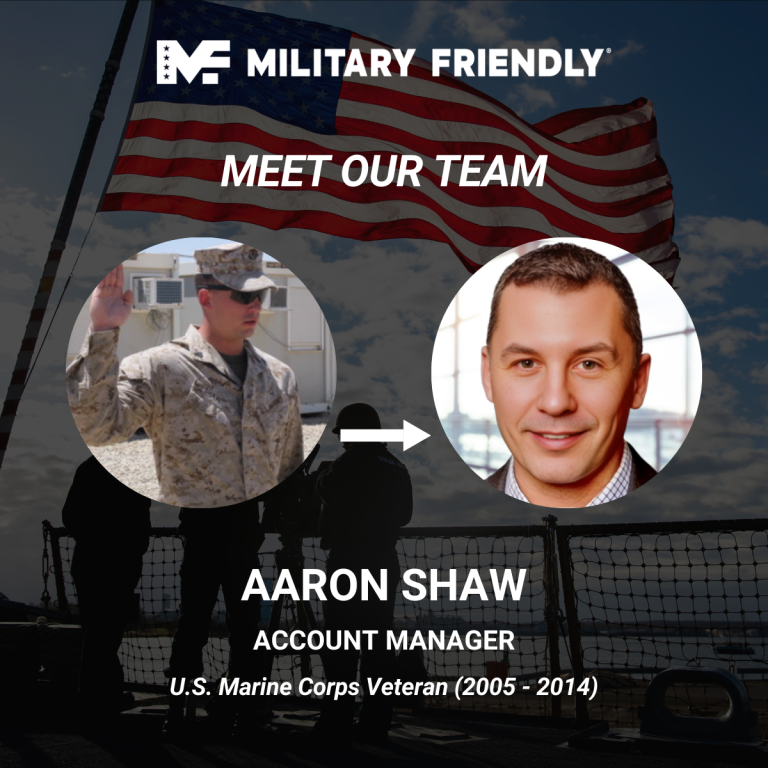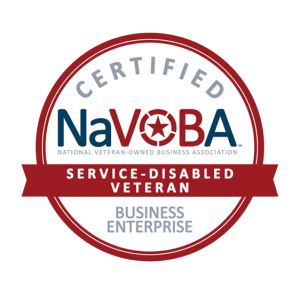The key to an organization maintaining a consistent flow of prospects in its systems is to have a robust talent pipeline in place. It’s essential for recruiting and retaining top talent. In this article, we’ll be exploring some best practices and providing practical tips so you can hit the ground running.
1) Define Success Metrics
Before you can start to measure, you’ll need to define what success means for your organization’s talent pipeline. Success metrics will vary depending on your company’s industry, size, goals, and hiring objectives, but for all intents and purposes, here are some of the most commonly tracked success metrics:
- Time-to-hire:
- Time-to-hire is the period between the time a job is posted and the moment an offer is accepted. HR teams should be tracking the progress of job postings, applications, interviews, and offers in order to report accurate metrics.
- Quality of hire:
- Quality of hire measures the performance and productivity of new employees after a certain period of time, typically once the employee is completely onboarded and trained. It’s key in helping hiring teams assess their recruitment process and identify areas for improvement.
- Diversity:
- Diversity refers to the representation of underrepresented groups in an organization’s talent pipeline. It is an essential metric as it helps companies ensure they are creating an inclusive, collaborative workplace.
- Cost-per-hire:
- Cost-per-hire measures the total cost of filling a position. This includes everything from the advertising budget to the cost of training your new hire. It allows HR teams to allocate spending where it is most effective.
Now that you’ve defined your success metrics, it’s time to walk through the Key Performance Indicators you’ll want to track in order to monitor and measure your progress.
This customized approach improves the effectiveness of your recruitment efforts across all channels and will help you to attract the most qualified candidates in the quickest amount of time.
2) Tracking Key Performance Indicators (KPIs)
Much like the Success Metrics we discussed, KPIs will vary depending on your company’s specific characteristics and goals. Some of the most commonly used KPIs for measuring talent pipeline success include:
- Sourcing channels:
- Refers to the multiple methods used by employers to find and attract potential hires such as email, referrals, job boards, and social media. Once you know which channels are the most effective for you, you can adjust your marketing strategy accordingly.
- Applicant-to-interview ratio:
- This measures the number of applicants who are invited to interview for a given position. This allows recruiters to assess the quality of their candidate pool and decide if they need to adjust their screening process
- Offer acceptance rate:
- This is the percentage of candidates who accept a job offer. Being aware of your offer acceptance rate helps you gauge how receptive candidates are to your job offer. If you find your offer acceptance rate is low, chances are you need to reevaluate your compensation.
- Candidate experience:
- While not quite as cut and dry as some of the other KPIs, you can get a read on the overall candidate experience you’ve provided by asking for feedback from candidates. It might shock you how open people are to giving honest feedback.
Tracking KPIs gives you the ability to pinpoint any areas of improvement in your talent pipeline and adjust your recruitment strategy as needed. Your framework is in place, but to ensure your pipeline is performing at the highest level, you’ll need to continuously monitor and optimize.
3) Continuously Improve Your Talent Pipeline
Some tips for continuously improving your talent pipeline include:
- Leverage Surveys:
- Conduct regular candidate surveys to gather feedback on your recruitment process. Nobody is going to know where the process fell short better than the candidates who experienced it.
- Training:
- Your talent pipeline is only going to be as strong as your recruiters, hiring managers, and marketing team. Ensure that your teams are bought into this new structure and that they are adequately equipped to succeed.
- Employee Referrals:
- Encouraging employee referrals is one of the best ways to make sure your candidates are qualified and align with your organization’s culture. Referrals from current employees should be treated as “Hot Leads” because simply, who knows what it takes to succeed in those roles better than your team?
- Updating Job Descriptions Regularly:
- It’s important to keep an eye on your job postings to make sure job descriptions, requirements, and everything in between are accurately representing the full scope of your roles and their responsibilities.
Having a robust talent pipeline in place is crucial for organizations to maintain a consistent flow of prospects in their systems. In order to do so, make sure you define your success metrics, KPIs, and and monitor your progress along the way.
You can fill out the form below if you’d like to discuss your recruitment effort and goals with one of our military recruitment experts.








